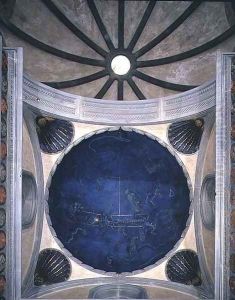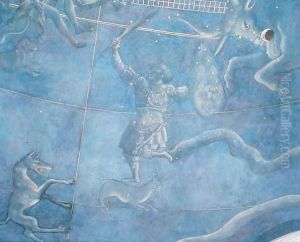Giuliano dArrighi Pesello Paintings
Giuliano d'Arrighi, better known as Giuliano Pesello, was an Italian painter of the early Renaissance period. Born in 1367 in Florence, Italy, he was active during a significant time in the history of art when the Gothic style was transitioning into what would come to be known as the Renaissance.
Pesello was initially trained by his father, Stefano di Francesco, who was also a painter, and he later became the apprentice to the renowned Gothic artist Agnolo Gaddi. This early training provided Pesello with a solid foundation in the techniques and styles of the time. However, as his career progressed, his work began to exhibit the influence of the evolving Renaissance ideals of naturalism and perspective.
Pesello's contributions to art were diverse. He worked on various projects, including frescoes and panel paintings. One of his most notable works is the fresco in the Ranuzzi Chapel in the Church of Santa Maria del Carmine in Bologna. His style is characterized by the use of bright colors and a clear attention to detail, which was typical of the Gothic tradition, but his figures also display a greater sense of volume and a more naturalistic approach to human anatomy, indicating the influence of Renaissance ideas.
While Pesello's own work was significant, his legacy is also tied to his role as a teacher. He instructed many students, the most famous of whom was his grandson, Francesco Pesellino, who went on to become a prominent painter in his own right. Through his teaching, Pesello helped to disseminate the emerging Renaissance techniques and styles to a new generation of artists.
Giuliano Pesello passed away in 1446 in Florence. Although he is not as widely known as some of his contemporaries, such as Masaccio or Fra Angelico, his work represents an important link in the chain of development from the late Gothic to the early Renaissance style in Italian painting. His contributions helped set the stage for the explosion of artistic creativity and innovation that would define the Renaissance era.





